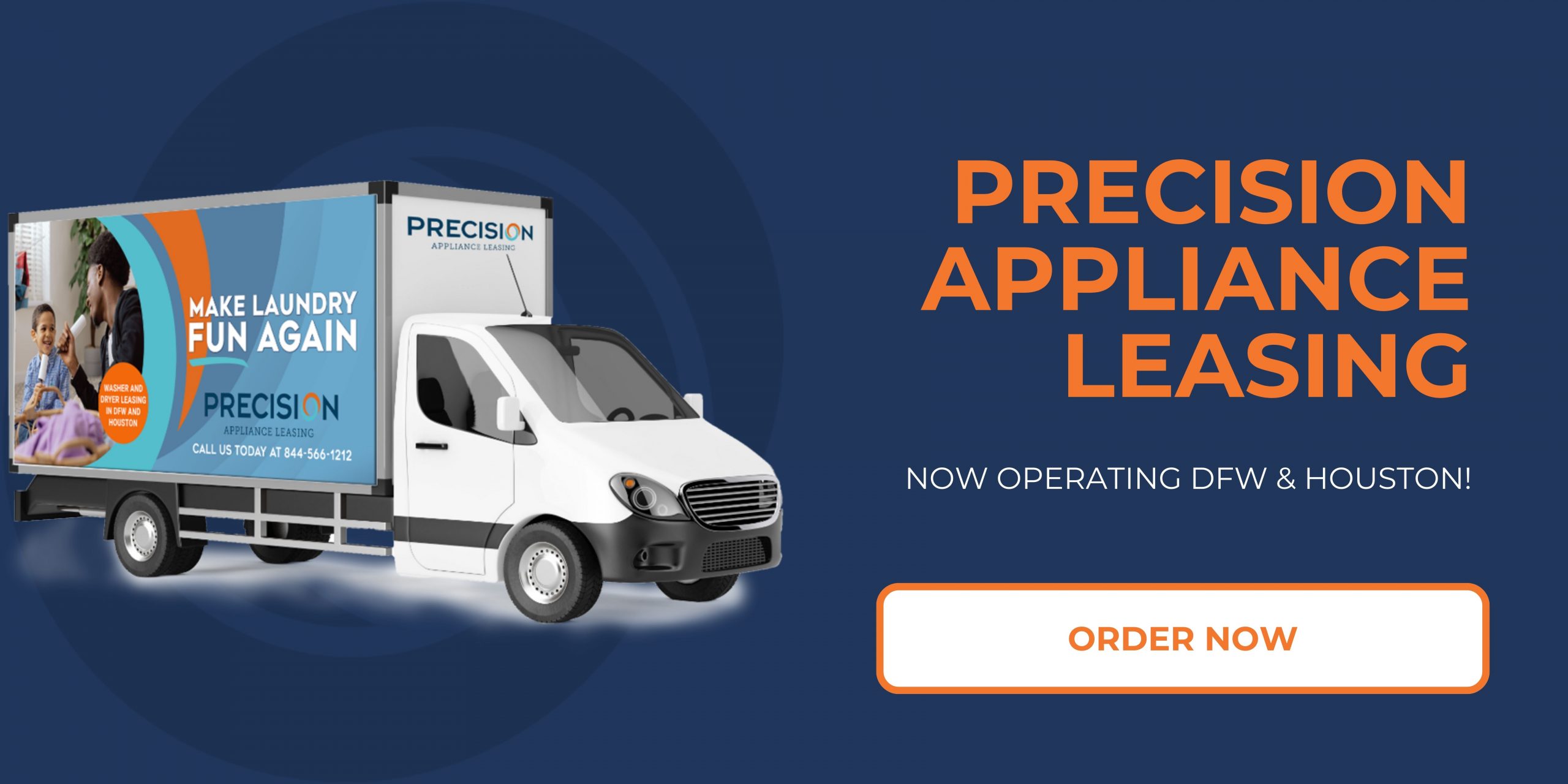How to Calculate ROI on Laundry Equipment Leasing
In the competitive landscape of the laundry business, understanding the fiscal impact of your operational choices is paramount. One critical aspect that operators often grapple with is the return on investment (ROI) for leasing laundry equipment. Unlike purchasing outright, leasing equipment involves a different set of financial considerations that can significantly influence the overall profitability of a laundry operation. As businesses seek to optimize their cash flow and allocate resources efficiently, calculating ROI on leased equipment becomes an essential skill for laundry owners and managers.
Calculating ROI for leased laundry equipment requires a nuanced approach that accounts for both the direct and indirect costs associated with leasing. This includes not only the lease payments but also maintenance costs, energy consumption, and the potential for increased operational efficiency that newer equipment can provide. Additionally, understanding the revenue generated from using the leased equipment is crucial. Whether it’s volume-driven revenue from increased throughput or the potential to offer new services, these factors must be meticulously analyzed to gauge the true return on investment.
Furthermore, the volatility of the laundry market necessitates a keen assessment of how swiftly equipment leasing can adapt to changing customer demands and technological advancements. With the pace of innovation in the laundry industry continuously accelerating, leasing can provide operators with the flexibility to upgrade or change equipment without the long-term commitment that comes with ownership. This adaptability can contribute significantly to a more positive ROI, making it essential for operators to fully comprehend how to calculate and interpret these financial metrics. In this evolving landscape, gaining a clear understanding of how to evaluate the ROI on laundry equipment leasing is fundamental for achieving sustained profitability and facilitating strategic decision-making.
Understanding Total Costs of Leasing Laundry Equipment
When considering laundry equipment leasing, it is crucial to fully understand the total costs associated with leasing before making decisions. Leasing laundry equipment involves various expenses beyond just the monthly lease payments. These can include installation fees, insurance costs, delivery charges, maintenance and service fees, as well as utility costs that can fluctuate based on usage. When these costs are aggregated, they provide a clearer perspective on the financial commitment being undertaken.
To calculate the total costs of leasing laundry equipment, one must begin by identifying all direct lease expenses. This includes the monthly payment required by the leasing company, the length of the lease, and any applicable interest rates. Additionally, prospective lessees should consider indirect costs such as any potential penalties for early termination of the lease, heightened insurance rates due to higher-value equipment, and varying energy costs which are often a significant component of laundry operations.
Another vital factor in understanding total costs is the opportunity cost associated with leasing. By choosing to lease rather than outright purchase, a business may miss out on other investment opportunities where resources could be allocated. This financial foresight is essential in comprehensively measuring the financial landscape, determining whether leasing truly provides a favorable return on investment (ROI).
Ultimately, having a clear grasp of the total costs involved in leasing laundry equipment allows businesses to make informed decisions. Factors such as the expected lifespan of the equipment and the anticipated usage will play a significant role in the overall cost-benefit analysis. By assessing these aspects thoroughly, organizations can better determine whether leasing is a strategic move or if purchasing equipment outright offers a more viable financial path. This foundational understanding is the first step toward conducting a more detailed and strategic ROI calculation.
Determining Revenue Generated from Laundry Operations
Determining the revenue generated from laundry operations is a critical step in calculating the return on investment (ROI) for leasing laundry equipment. Revenue can come from various sources, such as coin-operated machines, card-operated systems, or service contracts for commercial laundry businesses. A comprehensive understanding of potential revenue streams helps operators assess how much income the machines can generate over a certain period, enabling them to make informed decisions about leasing equipment versus purchasing it outright.
To start calculating revenue, operators need to analyze their pricing structure for services offered. This includes evaluating how much customers are willing to pay per load for washers and dryers, as well as any flat rates for wash-and-fold services or bulk laundry contracts. For laundromats, it is essential to consider variable factors such as peak hours and days when customers tend to use the services more frequently. Understanding customer behavior can help in forecasting potential earnings based on historical data or market analysis.
Another important factor is the operational capacity of the equipment. This involves calculating the number of loads each machine can handle in an hour, in addition to understanding the uptime of machines (how often they are operational versus how often they are down for maintenance). Implementing effective scheduling, marketing, and promotions can also drive additional revenue during off-peak times. By developing a clear revenue model that takes into account these various aspects, operators can project potential income and compare it against the costs associated with leasing the equipment, thus building a complete picture for ROI calculations.
Finally, it is advisable to revisit these revenue calculations periodically as trends may change. Seasonal variations, competition, and local economic factors can influence customer preferences and demand, necessitating adjustments in pricing or service offerings. Keeping a pulse on revenue generation will not only aid in tracking the performance of leased equipment but also ensure that operators remain proactive in optimizing their laundry operations for maximum profitability.
Analyzing Operating Expenses and Maintenance Costs
When it comes to leasing laundry equipment, a crucial aspect that significantly influences profitability is the careful analysis of operating expenses and maintenance costs. Operating expenses encompass a variety of costs that are directly associated with the day-to-day running of laundry operations. This includes utilities such as water, electricity, and gas, as well as consumables like detergent and other cleaning supplies. It is essential to monitor these costs closely, as they can vary widely based on usage, the efficiency of the equipment, and the scale of operations.
In addition to the regular operating expenses, maintenance costs are another critical element that cannot be overlooked. Even though leasing equipment often means that the leasing company provides certain maintenance services, some expenses may still fall to the lessee. This can include costs for unexpected repairs, parts replacement, and routine upkeep to ensure that the equipment remains in optimal condition. Analyzing both operating and maintenance costs helps in forming a complete picture of the total expenditures associated with the leased laundry equipment.
To effectively calculate these costs, businesses can benefit from keeping detailed records of all expenditures related to the laundry operation. By analyzing trends over time, operators can identify areas where costs can be reduced or managed more efficiently. For instance, investing in energy-efficient machines may have a higher upfront cost but can lead to significant savings in utility bills over time. Furthermore, comprehensive tracking of downtime due to maintenance issues can help in understanding how equipment performance impacts overall profitability.
In conclusion, analyzing operating expenses and maintenance costs is vital for accurate ROI calculation in laundry equipment leasing. By thoroughly understanding and managing these financial aspects, businesses can make informed decisions that enhance operational efficiency and increase profitability. This analysis not only aids in understanding current performance but also helps in projecting future financial outcomes, ensuring that businesses are well-prepared for growth and sustainability in the competitive laundry market.
Timeframe for ROI Calculation
Calculating the Return on Investment (ROI) for laundry equipment leasing is a crucial step that must be approached methodically, particularly regarding the timeframe over which the calculation is conducted. The timeframe not only affects the efficacy of the investment but also helps in assessing the overall financial health of the laundry operation. The ROI calculation takes into account the total costs of leasing versus the revenues generated over a specified period, usually ranging from one to three years. This period is essential because it provides a clear picture of the profitability generated by the investment in leasing laundry equipment.
When determining the timeframe for ROI calculation, it is important to consider several factors. First, the lease terms can significantly impact cash flow and potential earnings. For instance, a longer lease may lead to reduced monthly payments, which can improve cash flow initially. However, it may also extend the period over which the ROI is calculated, potentially delaying the period before profits are realized. Therefore, businesses must weigh the benefits of lower upfront costs against the extended commitment of a longer lease period.
Additionally, customer patterns and seasonal fluctuations in laundry demand should be taken into account when determining the appropriate timeframe for ROI. For example, peak seasons may generate higher revenues, thus a shorter calculation period during those high-demand months can provide a distorted sense of profitability. Conversely, an analysis over a full year might better reflect variations in demand and help operators create a more stable projection of potential revenues.
It is also essential to incorporate maintenance and operating costs into the ROI calculation timeframe. With leased equipment, ongoing operational and maintenance costs can vary; understanding the long-term implications of these costs relative to generated revenue is key to presenting a realistic ROI picture. Furthermore, considering equipment performance and reliability over time will also influence the perception of the investment’s profitability, as older equipment may incur increased costs or reduced efficiency, impacting overall ROI.
In conclusion, the timeframe for ROI calculation in laundry equipment leasing is a multifaceted consideration that balances lease terms, cash flow, seasonal variations, operational costs, and equipment lifespan. By carefully analyzing these components, laundry businesses can make informed decisions on their leasing strategy, ensuring that their investments yield the desired returns within a reasonable timeframe.
Factors Influencing ROI in Laundry Equipment Leasing
When considering the return on investment (ROI) in laundry equipment leasing, several key factors come into play that can significantly impact the financial outcomes of the operation. Understanding these factors is crucial for businesses looking to optimize their leasing agreements and improve their overall profitability.
One major factor is the type and efficiency of the laundry equipment itself. Modern, energy-efficient machines can reduce utility costs significantly compared to older models. The initial investment in advanced technology may be higher, but the long-term savings on water, electricity, and maintenance can improve the ROI. Additionally, features such as programmability and automation can enhance operational efficiency, thereby contributing to better profitability.
Another influencing factor is the lease terms and conditions. The duration of the lease will affect monthly payments and the overall financial commitment. Short-term leases may offer flexibility but could lead to higher per-month costs compared to longer agreements. Furthermore, understanding the options for equipment upgrades or replacements within the leasing terms is essential, as the ability to keep pace with technological advancements can mitigate long-term risks and enhance productivity.
Market demand for laundry services and competition also directly impacts ROI. Higher demand can lead to increased revenue, but businesses must be strategic in pricing and service offerings to maximize profitability. Additionally, market trends, such as the growing preference for eco-friendly practices, may necessitate investment in greener products, even if they come at a higher leasing cost.
Lastly, assessing the location of the laundry operation can play a pivotal role. Proximity to target customers, such as apartment complexes or hotels, can drive volumes higher, improving ROI. Understanding the demographics and preferences of the customer base in that area is equally important, as it will help tailor services that optimize equipment usage and minimize downtime.
In sum, calculating ROI on laundry equipment leasing necessitates a comprehensive look at these factors, among others. By evaluating equipment efficiency, lease structure, market conditions, and location-specific variables, businesses can make informed decisions that enhance their return on investment in laundry operations.


